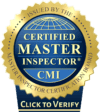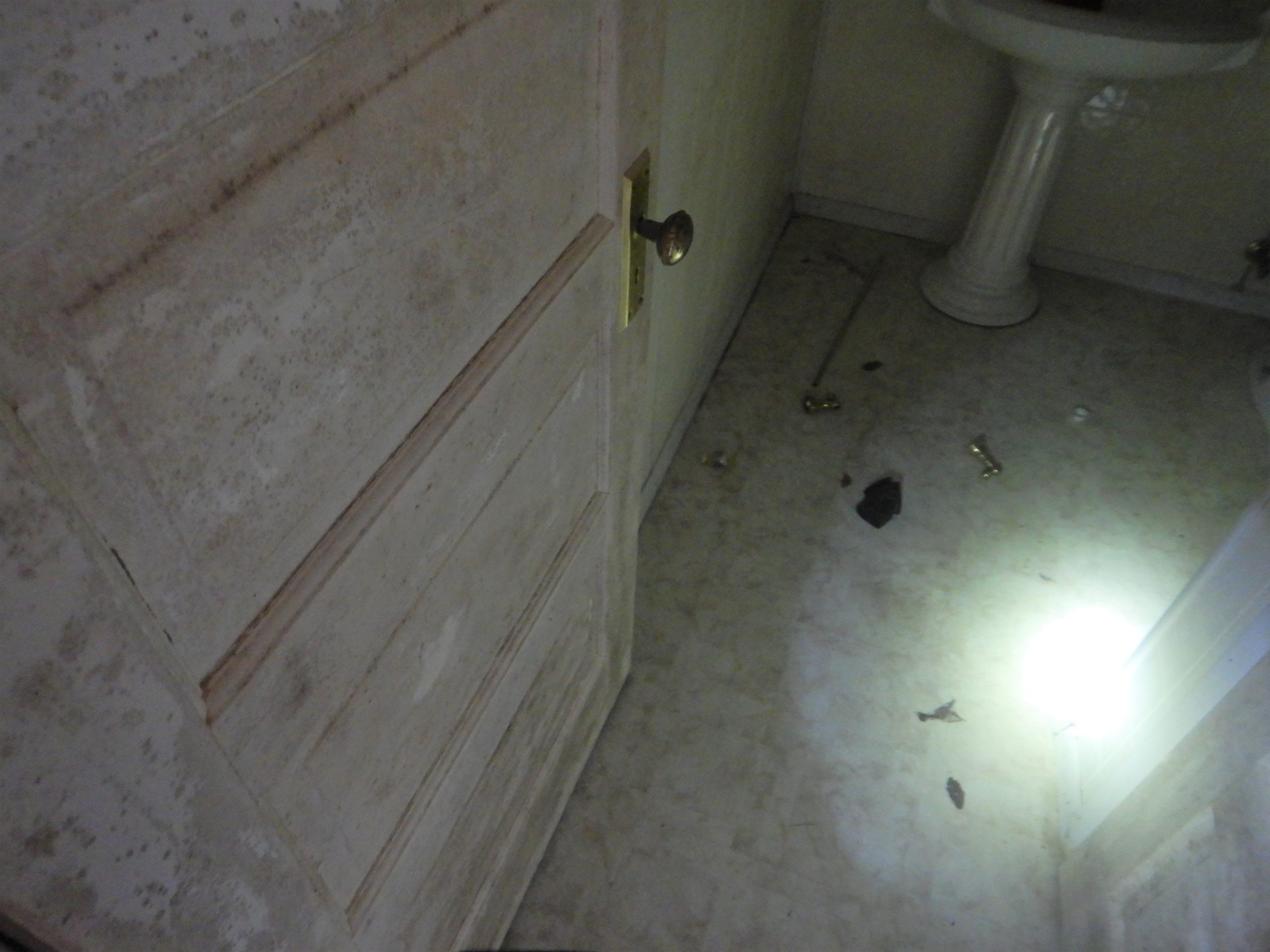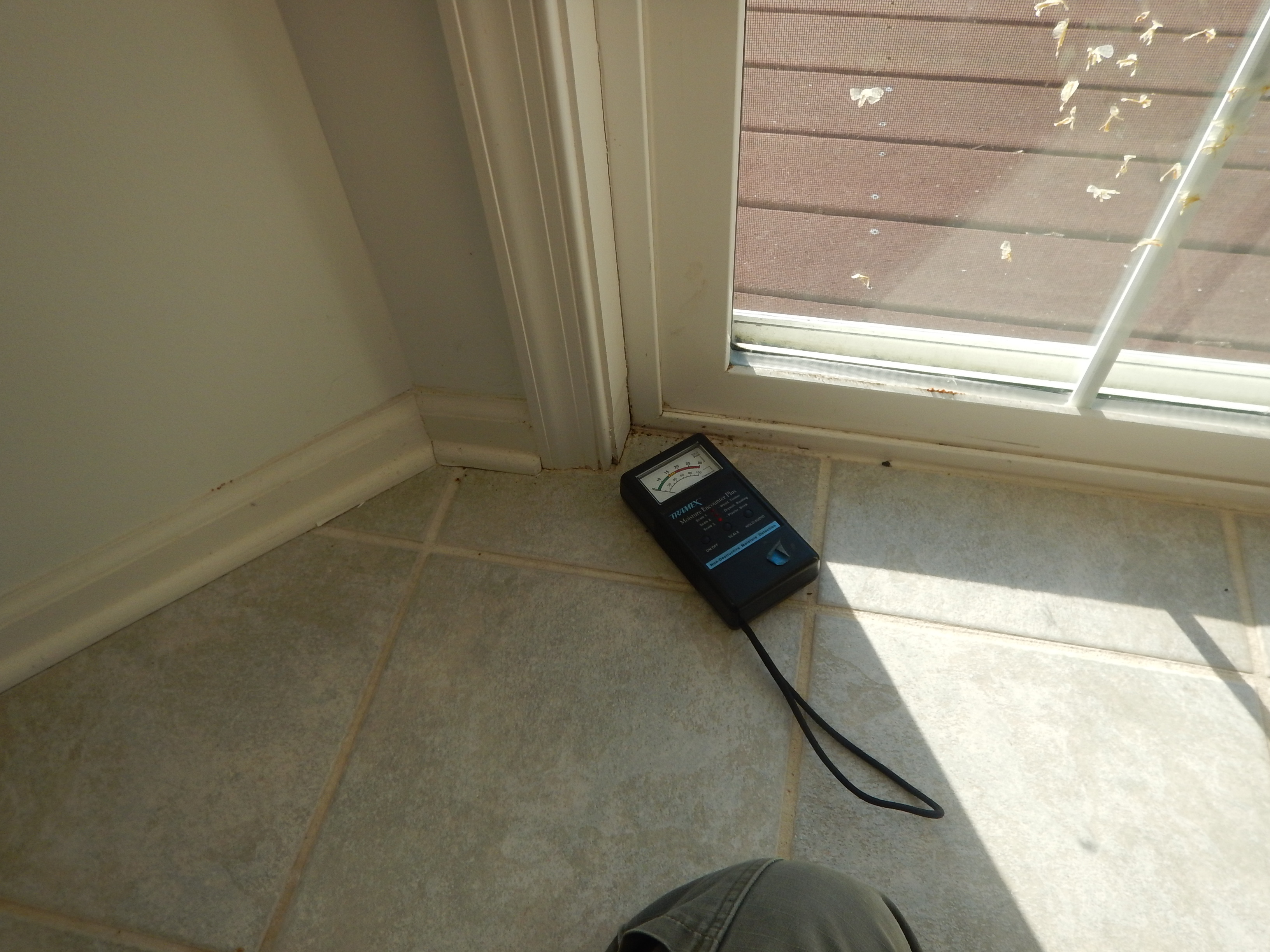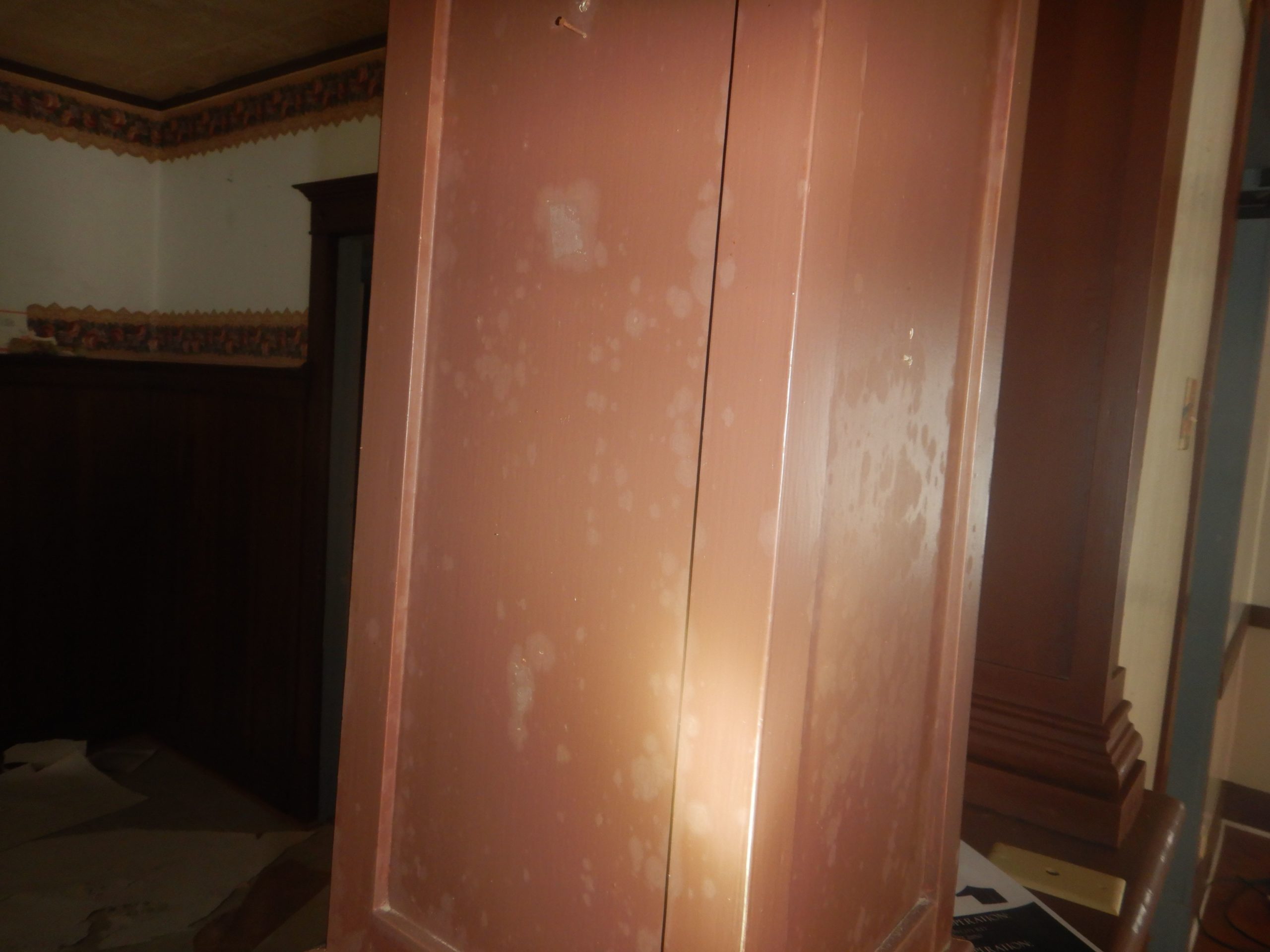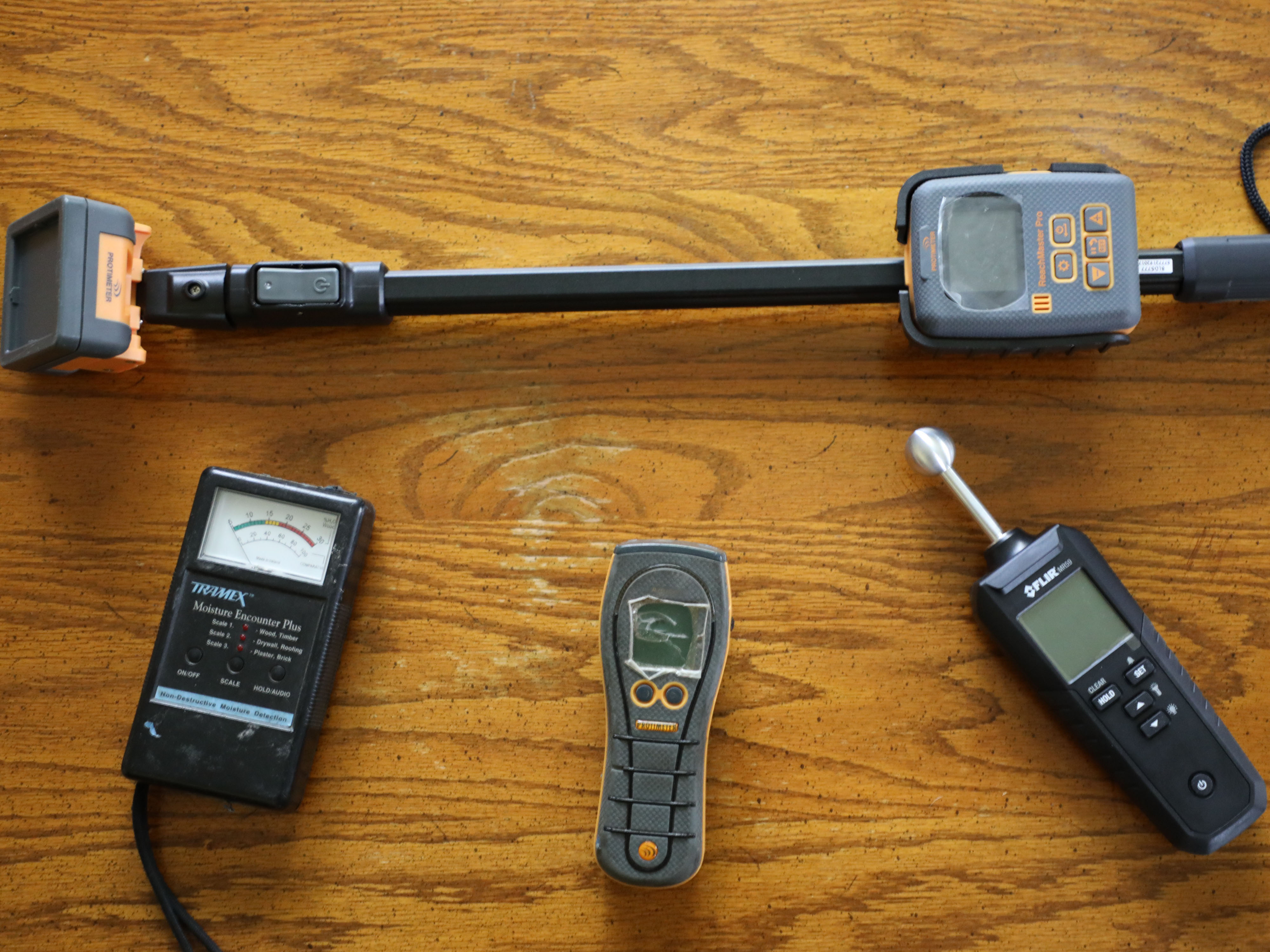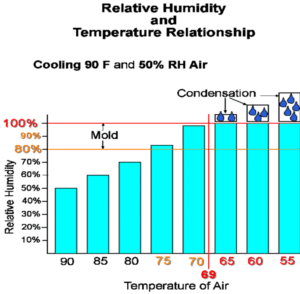The Air We Breathe…
Since most of us spend the majority of our time indoors it is important to know about the air we breathe at home and work. Science tells us mold spores and allergens are naturally present in both indoor and outdoor air. We know when moisture is present these spores can multiply. Air quality testing will tell us if spore counts are higher inside in comparison to an exterior control sample. Elevated readings may indicate there is a mold or moisture issue in the building envelope.
Air quality testing in conjunction with a High Tech Home Inspection is a cost-effective method to test the air quality and search for moisture issues at the same time.
Our experienced inspectors know the common problem areas. We use a variety of state-of-the-art moisture meters, and an infrared camera to look for visible and non-visible signs of trouble.
Indoor air quality testing and moisture detection can also be purchased without a full home inspection.
High Tech Inspections also offers third-party testing for insurance claims and remediation work.
Mold Needs Moisture to Grow
When we think of moisture sources in a home most of us will think of plumbing issues, roof leaks, bathroom steam, etc. Another source is relative humidity. As the chart shows, warm air holds moisture better than cool air. As the air cools the relative humidity rises and can create conditions ripe for mold growth. You can see that condensation does not need to occur for a surface to have enough moisture for mold to grow. There are any number of dynamics in a building envelope that can cause this.
A Few Areas Of Common Concern Are:
- Homes and condos that are left with the heat off or turned down too low in the winter
- Lower floors may have higher relative humidity as they may be closer to moisture sources such as a concrete slab or a damp crawl space, and are typically cooler.
- Attics with inadequate venting and or inadequate insulation; Warmer humid air in the building envelope can condensate in the winter at the underside of cold roof decks
- Cold HVAC vents near a sliding door left open during the summer; Hot humid air is drawn in by HVAC returns and condensates on cold vents; The humid air can also overwhelm the system’s ability to dehumidify causing other areas of concern
- Open vents in a crawl space that allow warm humid air to enter creating humidity and condensation.
- HVAC issues such as clogged, damaged, or improperly installed condensate systems, duct work issues, oversized systems, etc.
- Unvented gas appliances add a lot of moisture to a building envelope. It is important to ensure they are serviced and operating efficiently
- Garage walls and ceilings, especially if they are unpainted



